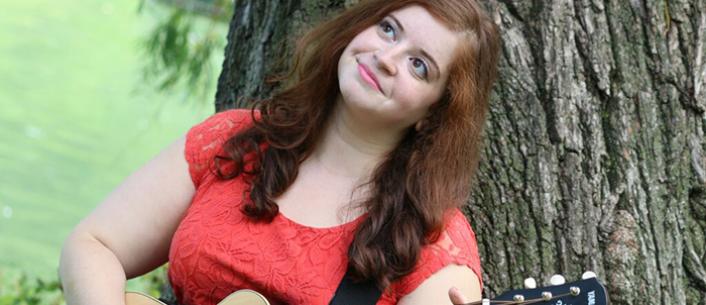- Home
- Play & Learn Home
- Online Enrichment
- Experience Modern Israel
- Israel It's Complicated
- Jewish and Me
- Jewish Holidays Jewish Values
- Jewish Values in Genesis and Jewish Values in Exodus
- Min Ha’aretz
- Our Place in the Universe
- Simply Seder
- The Prophets: Speaking Out for Justice
- Making T'filah Meaningful
- Make, Create, Celebrate
- Yom Haatzmaut Resources
- Hebrew Apps
- About The OLC
- What is the OLC?
- Introduction
- Get Started
- Resources
- OLC Content
- Parent Materials
- See My OLC Classes
- Store
The God Gap: What It is and How to Bridge It
Written by Behrman House Staff, 29 of June, 2017
Have you ever experienced a disconnect between your childhood beliefs about God and the realities of life? Perhaps it comes after facing a tragic illness or death, or witnessing suffering, which clouds your faith and leads you to either give up on God and Judaism or to continue believing despite pain.
Educator Eliana Light describes it as the "God Gap", this space between what we learned about God and what we actually experience (or don't experience) as divine in our lives. Light, who is a music educator at B'nai Jeshurun in New York City, presented two keynote addresses on this topic at the education conference of the Institute of Southern Jewish Life in Jackson, Mississippi, last week. One session focused on identifying the God Gap, and the other offered strategies for educators about how to bridge the gap.
The topic generated many powerful conversations among the 180 Jewish educators who came from a dozen Southern states to learn from and share with each other. The ISJL - with an energetic staff and vibrant education and community engagement efforts - works to strengthen Jewish communities big and small across the South.
One exercise had educators conduct a short interview with a partner about their faith, with questions such as "Do you talk to God? If so, how often and what do you say?" and "Have you ever felt God's presence? When? How would you define that presence?" and " If God is good, how can God allow evil in the world?" These deeply personal questions allowed educators to connect with others in a powerful way in a brief period of time.
Light's goal is to help educators and children feel comfortable in Jewish spaces and embrace their heritage. One way to do this is to talk about God more, but differently. This could mean using lots of different names for the Divine and giving students opportunities to create dynamic relationships with God (or whichever name speaks to them).
Here are some example of strategies educators can use to bridge the "God Gap":
Young Children
Focus on children's innate sense of awe and wonder. Point out amazing everyday things. Discuss who or what we are thanking.
Older Children
Point out Divine diversity in the siddur: Pick random pages and have students find different names for God. Talk about the notion of B'tzelem Elohim, how we are created in God's image and how we can partner with God every day. Explore the idea of covenant.
B'nai Mitzvah Students
This is the place with the most potential for the God Gap, Light argues. Help students where God is in the b'nai mitzvah process, beyond the Torah reading. Where can God be found in their family, in their service project, in the celebrations? Have one-to-one conversations using a faith interview. Point out that doubt is not the opposite of faith, but an element of faith.
Teens
Help teens examine what they believe, using a faith interview as a tool. Offer a safe space for them to explore what moves them, whether through meditation, niggunim, or song. Model vulnerability so they see adults and others with evolving view and unanswered questions. Ask them to conjure metaphors: Light gave the example of one teen who described God as "like radio waves all around me, but are only available when I tune in."
Adults
Vary your language and make space for Divine without saying the word "God." Enable spirit to set a tone and as a kavanah. Ask yourself where God is in your class; find the holy all around you.


